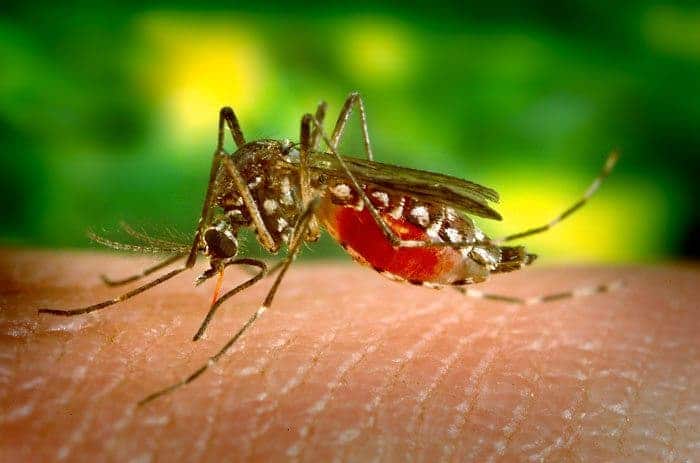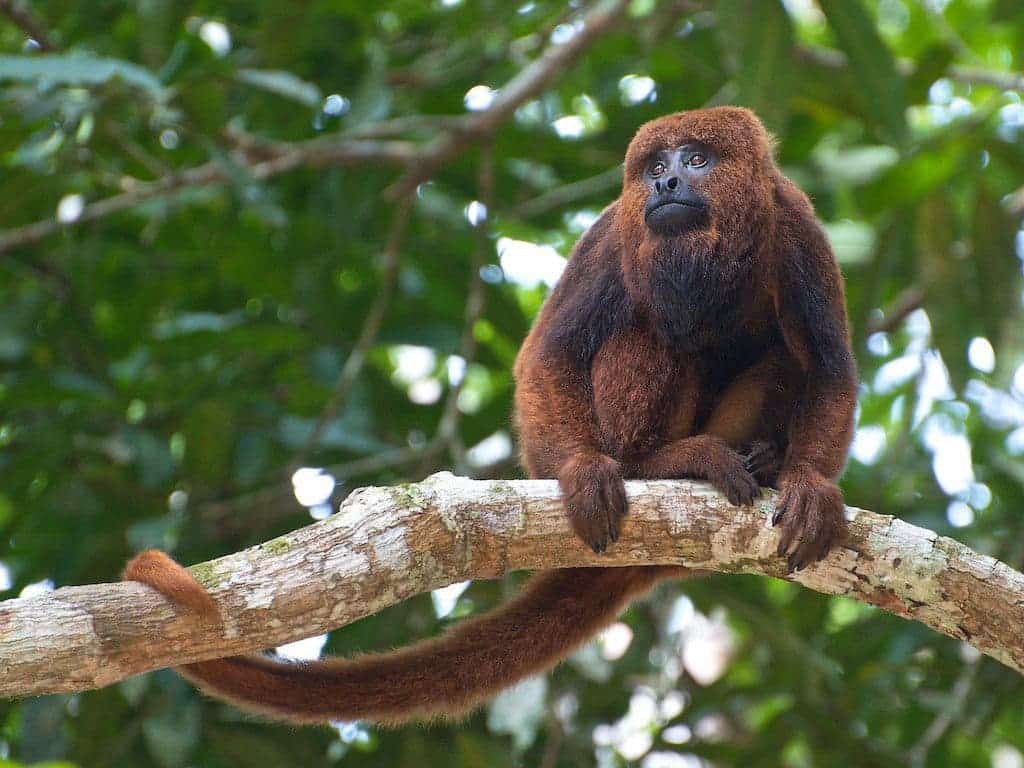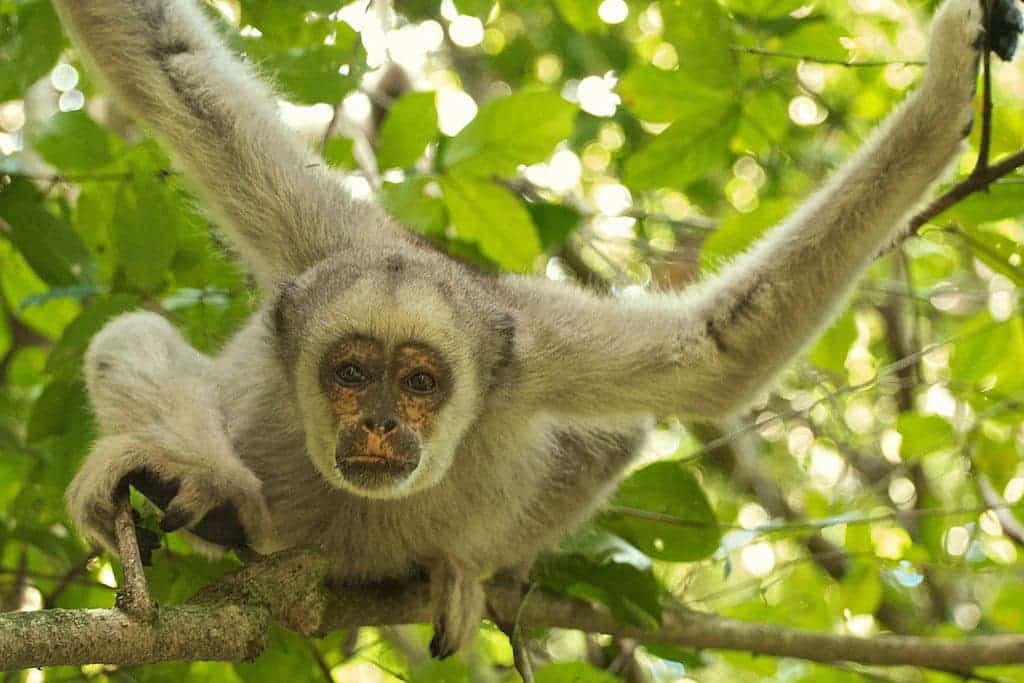Yellow fever is a viral disease that is carried by infected mosquitos. An outbreak has been sweeping through eastern Brazil over the past few months. The situation is at a level 2 alert, travelers and residents are advised to practice enhanced precautions. The rural residents have already been affected by the virus. Some monkeys are even more sensitive to the virus than humans and die before humans. They are like a canary in a coal mine and serve as a warning sign that the virus has entered an area. Almost all of the brown howler monkeys have been wiped out and the other primates are also at risk.

Yellow Fever
Yellow fever is caused by a virus that was brought by the colonists that took slaves to the Americas from Africa. The people and animals aren’t used so used to the virus and there are often outbreaks. In humans, symptoms take three to six days to show up and include fever, chills, jaundice, and muscle aches. About 15% of those infected are seriously ill, and the virus can lead to bleeding, shock, organ failure, and even death. The past few months have been really rainy; sometimes for a month without break or with a week’s worth of rain in one day. These conditions have been perfect for mosquitos. There are currently a cumulative 400 humans cases and at least 150 deaths from the virus. There are another 900 possible infections that are being investigated.
However, the monkeys have been suffering even more. Monkeys have been more vulnerable to the virus due to the rain limiting their feeding and stressing their immune systems. The monkeys are literally dropping dead out of the trees. From lab tests, it is known that howlers are the most vulnerable to yellow fever. The disease has wiped most of the brown howler monkeys; up to 90% of them are dead or infected. Unfortunately, the infection levels are so high that all of the other primates in the area could get it. Other monkeys that are confirmed to have it are masked titis and the buffy-headed marmosets.

The whole eastern tropical forest of Brazil is very fragmented, with only tiny patches of the original forest left. Therefore most of the monkeys in this area are quite rare. Once some monkeys are infected, other doesn’t have anywhere to escape to. The mosquitos can spread the virus long distances, up to 6 kilometers away, but they can also catch rides in trucks. The virus has been spreading very quickly this way.
“I am very surprised at the speed with which the outbreak is advancing through the landscape and by how the virus can jump from one patch of forest to another, even if they are hundreds of meters apart. It is also surprising that it is spreading across such a large geographic region.”—Sérgio Lucena Mendes, professor of animal biology at the Universidade Federal de Espirito Santo
Silent Forest
One reserve, in particular, has been extensively studied for more than 30 years. The reserve, called RPPN Feliciano Miguel Abdala, is just 10 km2 (4 square miles) large and stuck between farm fields. When anthropologist and long-time researcher of this reserve, Karen Strier, visited the reserve in January she noticed the difference right away.
“It was just silence, a sense of emptiness. It was like the energy was sucked out of the universe.”— Karen Strier
Strier and her colleagues at the Universidade Federal de Espirito Santo will census the monkeys that are left at the reserve. Then we can see just how many monkeys survived and how the surviving brown howler monkeys will react to most of their family being dead. No one knows yet how they will form new social groups. It’s hard to say if the brown howlers will recover. However, conservation effects in the reserve have raised the numbers of another monkey from 50 to 340 in 30 years. There could be some hope to bring back the brown howlers too.

It is uncertain what will happen with the three other species of primates in the reserve now. The black capuchin, the buffy-headed marmoset, and the critically endangered northern muriqui also live in the same forest. The brown howler monkeys were the main competitors of the muriquis, meaning that the muriquis can feast on all the food that they want now. No other species will compete with them for it. Strier will study how the muriquris respond to their main competitor almost completely disappearing.
“It’s like a controlled natural experiment, but one you would never plan to do,” Strier says. My happy hypothesis is that the muriquis are out foraging, feasting on all the best fruits and leaves that the howlers used to eat. Will they eat more of their favorite foods, or travel less? Will their social order change? Will they form smaller groups?”
Hopefully this outbreak will be controlled soon before too much damage is done!






